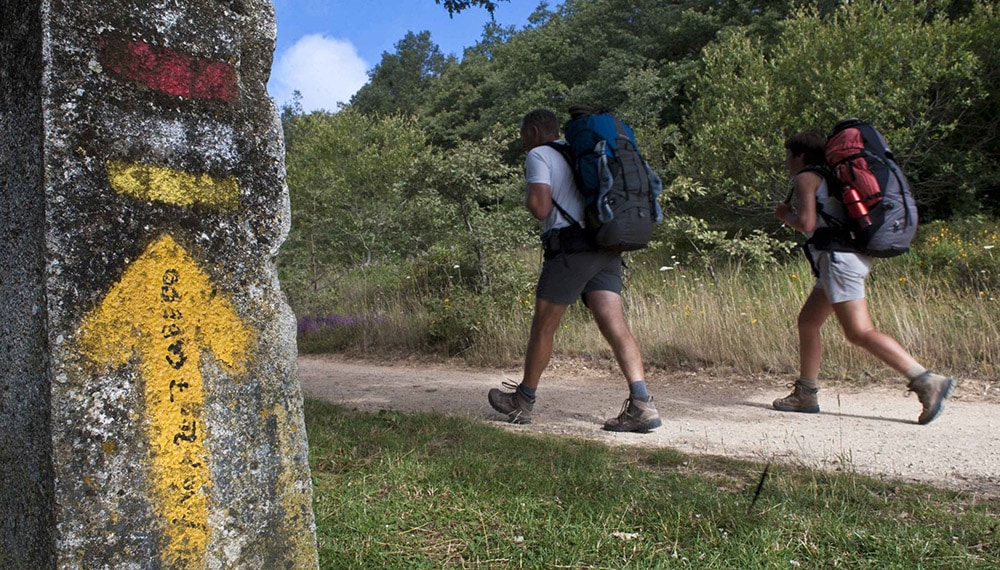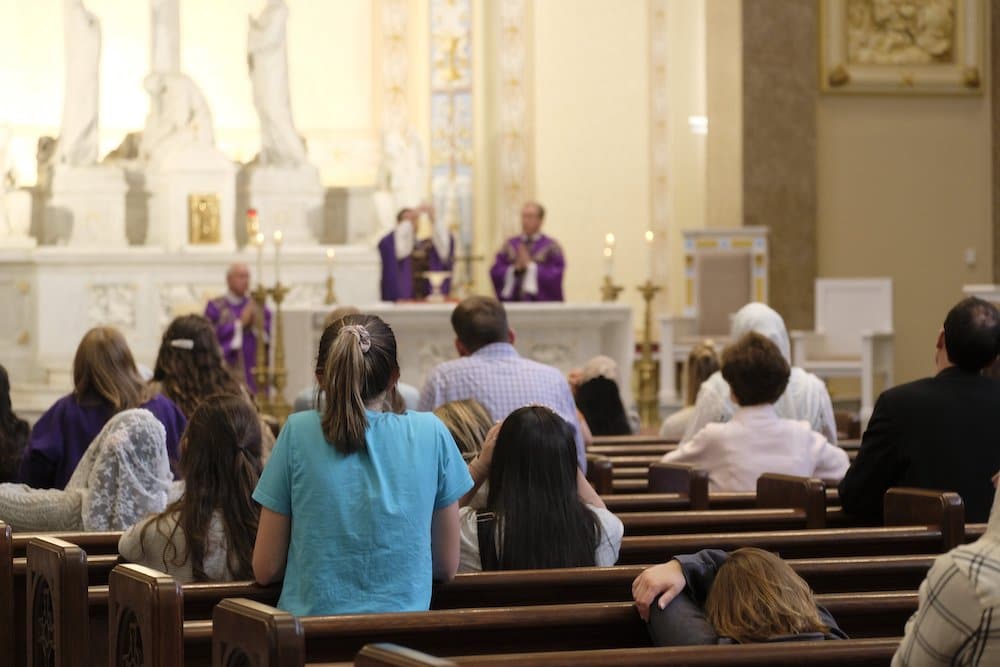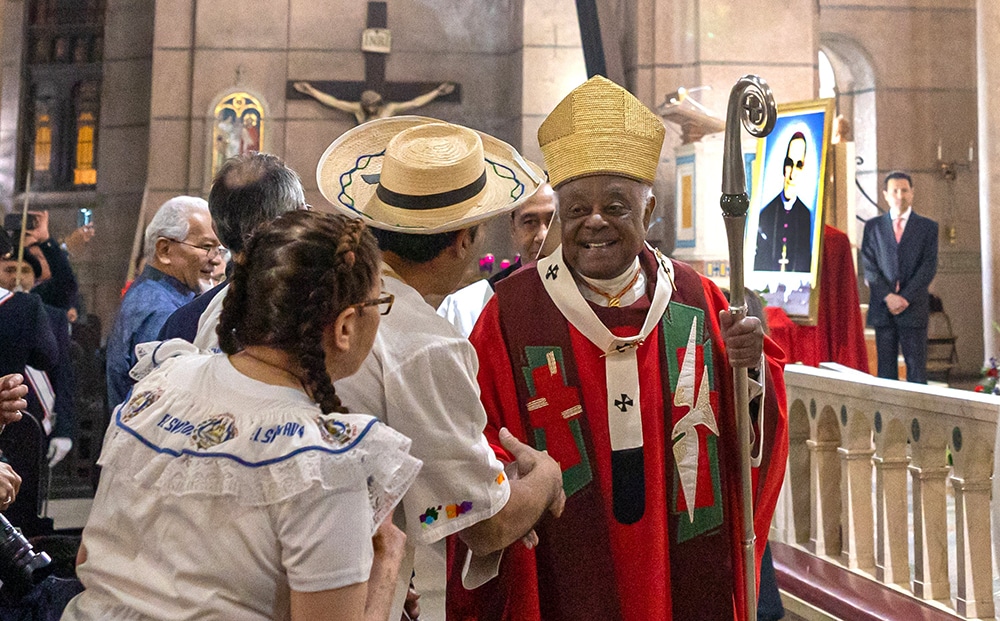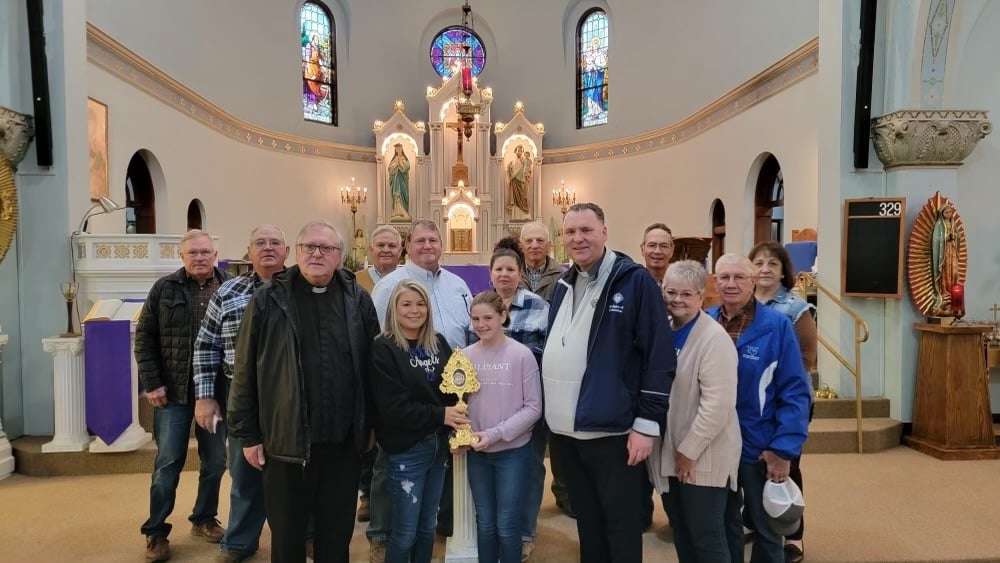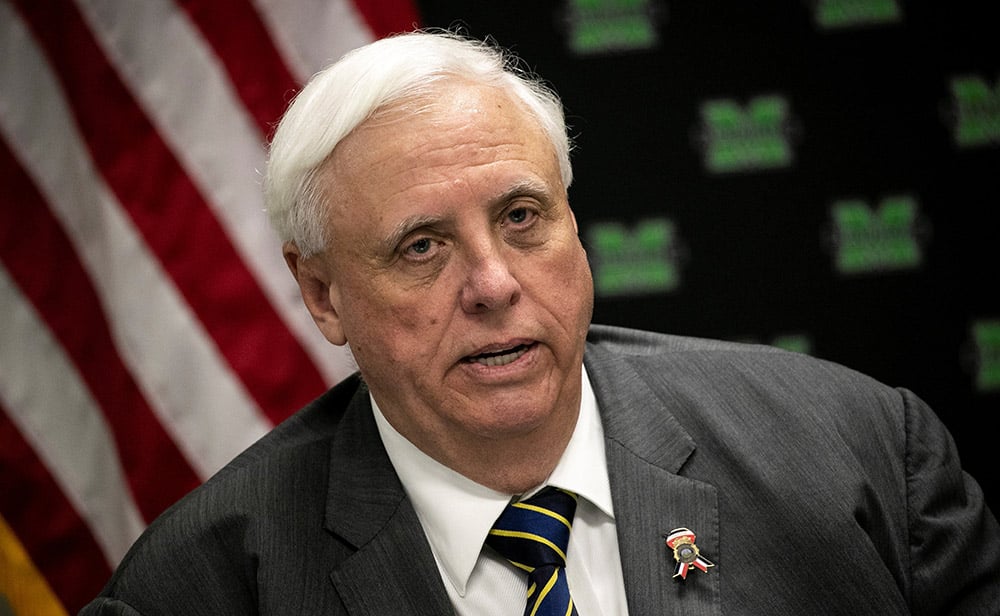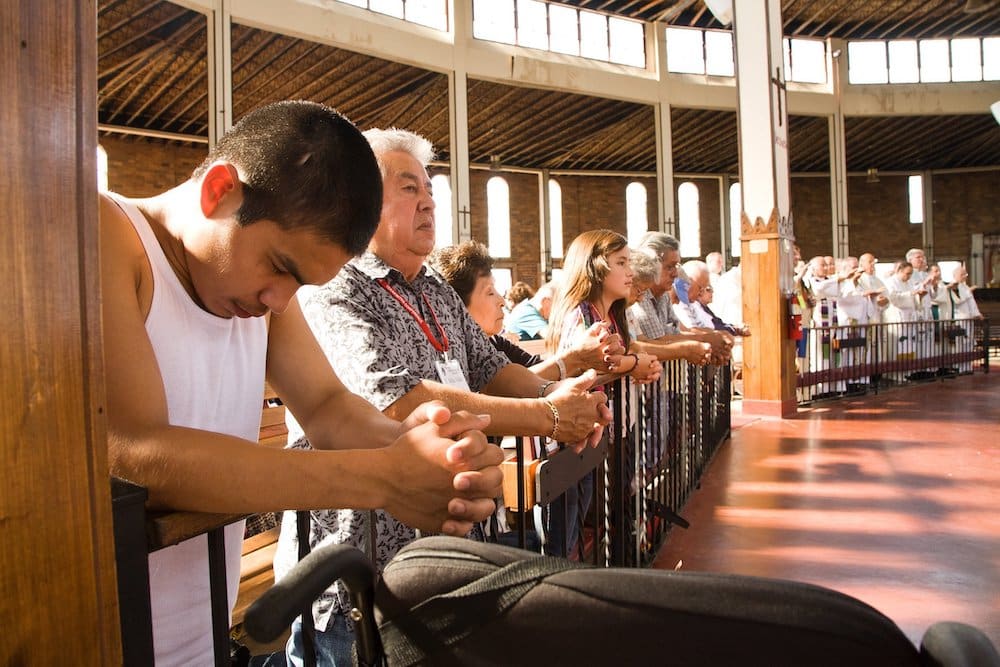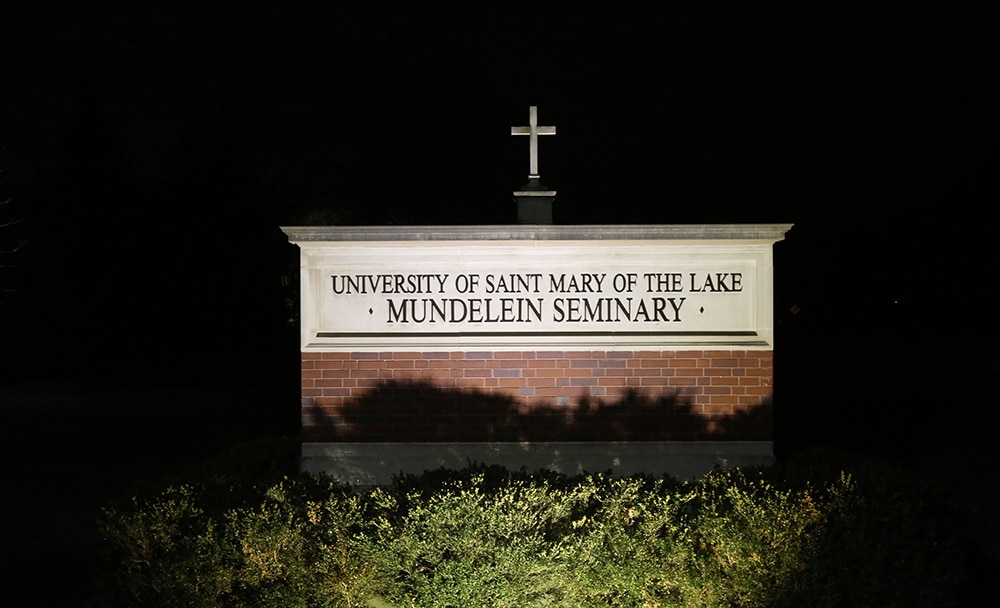A new film featuring the famed Camino de Santiago pilgrimage serves as a tool for enhancing the Lenten journey, according to Catholic bishops who have walked the ancient route.
“Lent is a camino,” Archbishop Paul Coakley of Oklahoma City said during a webinar last week. “It’s a 40-day pathway through this holy penitential season toward Easter.”
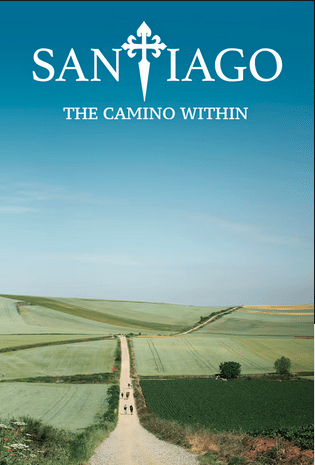 He and three other bishops — Bishop James Conley of Lincoln, Nebraska, Bishop Donald Hying of Madison, Wisconsin, and Bishop James Wall of Gallup, New Mexico — reflected on their experiences of hiking the Camino (or “The Way of St. James”) in anticipation of a new film called “Santiago: The Camino Within.”
He and three other bishops — Bishop James Conley of Lincoln, Nebraska, Bishop Donald Hying of Madison, Wisconsin, and Bishop James Wall of Gallup, New Mexico — reflected on their experiences of hiking the Camino (or “The Way of St. James”) in anticipation of a new film called “Santiago: The Camino Within.”
Their comments came during a webinar, “Walking the Walk: The Camino and the Everyday Life of Faith,” hosted by the National Review Institute (NRI) and the Napa Institute. Kathryn Jean Lopez, an NRI senior fellow and a columnist for Our Sunday Visitor, moderated the conversation about the 1,000-year-old route to the Cathedral of Santiago de Compostela in Spain, which is considered the burial place of St. James the Apostle.
“If you know about the Camino, if you’ve walked the Camino, it’s about more than a pilgrimage, it’s about the contemplative life,” Lopez said.
The movie, which hits theaters for one night, on March 28, follows Bishop Hying and a group of pilgrims who trekked the Camino in 2017. More recently, in 2022, Archbishop Coakley, Bishop Conley and Bishop Wall walked the Camino together (for the third time, Bishop Conley clarified).
From the start of their conversation, Bishop Hying stressed the spiritual meaning of the Camino.
“It really is emblematic of our whole understanding as Christians of pilgrimage,” he said. “Every earthly pilgrimage we embrace is really a symbol of our ultimate pilgrimage to heaven.”
The bishops agreed that the movie brought the Camino experience to life. They kept returning to one thing that especially struck them about the film: “beauty.”
“I think we all agree, the three of us that walked the Camino, this is the best thing that’s been done on the Camino,” Bishop Conley said, highlighting everything from the music and the cinematography to the film’s Catholic take.
They hoped that the film would inspire others to hike the Camino — and provide a Camino experience for those who cannot hike it.
At the same time, Bishop Conley emphasized that “anybody could do it” after revealing that even people in wheelchairs travel the Camino. He himself, he shared, had foot surgery shortly before his trip.
The Camino also represents a second kind of journey, the bishops said: an interior one.
“This film offers a lot for the viewer to enter into what the nature of the Camino is, the interior Camino, the inward journey that is a part of the Christian life,” Archbishop Coakley said. “It’s this inner journey that’s made manifest through the walking of the Way.”
Bishop Conley, who has been open about his mental health struggles, spoke about his personal experience. He called the Camino a key part of his recovery because it put him in contact “with real things and real people.”
Bishop Hying also stressed the beauty of encountering others.
“Here’s someone who … is looking for meaning, looking for God, looking for their desires to be satisfied by what this world cannot ever satisfy,” he said. “Part of being on the Camino is meeting people that are in all different stages of that spiritual development perhaps, and yet realizing our commonality as children of God.”
A Lenten ‘Way’
Bishop Wall highlighted why people should consider watching the film during Lent.
“I think it’s a perfect movie for throughout the year, but, still, because it truly is just a beautiful spiritual movie,” he said, “I think it does draw us into the deep, the mysteries of Christ’s suffering, death and resurrection.”
While comparing Lent with the Camino, Archbishop Coakley cited Bishop Wall’s comment that the Camino offers opportunities for silence and reflection.
“Lent is a time for silence and reflection and prayer, and considering the pace of our lives, considering the direction of our lives, to enter more prayerfully and reflectively into the experiences of each and every day — maybe ask some of the questions: Is my journey, my camino, leading me in the direction I want to be going?” he said.
The Camino, Archbishop Coakley said, offeres a similar experience to Lent.
“These bigger questions surface certainly during this season of Lent as they surface very often in the silence that is offered as the experience of walking the Camino,” he said.
In a comment to Our Sunday Visitor, Bishop Hying agreed that Lent “is a great time to watch the film.”
“We are on a pilgrimage to Easter during these 40 days,” he said. “The Camino truly reveals Christ to those who walk it.”
He hoped that if viewers took away one thing from watching, it would be that “God is beautiful, true and good.”
Erin Berghouse, the director and producer of the film, called Lent a great time not only to watch “Santiago: The Camino Within” but also to discern walking the Camino.
“It is my prayer,” she told Our Sunday Visitor, “that viewers feel a step closer to knowing not only the personal journey and life of Santiago [or St. James], but that he inspires them and leads them to open their hearts to hear and serve God through the magnificent plan that he has designed for each one of us, the camino of our souls that leads to heaven.”
Katie Yoder is a contributing editor for Our Sunday Visitor.

